Dive Details
Location
Date
Saturday 5 September 2015
Time
10:49am - 12:20pm
Details
Conditions at The Leap looked similar to last weekend. There was a southerly swell between 1 and 2 metres with the occasional large set. Getting in would not be a problem but getting out at The Steps would always be on my mind.
I slid down the wall and swam out from the rocks. Visibility looked to be only around 5 metres. I headed to the sand line at around 60° as usual and hit right on Pygmy Rock. Visibility here was around 10 metres and there was quite a bit of surge. I only spent around 3 minutes looking for pygmy pipehorses on Pygmy Rock before moving on.
For a change I headed a little away from the sand line and swam around 20 metres in but still parallel to the sand line. There are a lot of sponge covered rocks and I hoped to find some seahorses. I didn't. I did see a large ray resting amongst the rocks. I ended up meeting my usual route just behind Seahorse Rock.
I continued near the sand line to Seadragon Alley. Just before Seadragon Alley I came on three weedy seadragons swimming together. One was a male (PT2014051701) with a lot of eggs, so many it looked like he was having trouble swimming. I saw him last week and he had no eggs. I believe the other two were females (PT2015011102 and PT2015052401).In Seadragon Alley I saw another 3 weedy seadragons: a male (PT2014030803), a female (PT2013122201) and a juvenile (PT2015081601). What is interesting about the juvenile is that we saw it south of the wall near The Leap just 3 weeks ago. It has moved all that way to Seadragon Alley.
After Seadragon Alley and just before Big Rock I came across the 7th weedy for the dive: a male (PT2014091301) with eggs. He's been in the same area with eggs for the last 5 to six weeks.
I headed up from the sand line to check out the pygmy pipehorses. I found the female (IL2015072601) first and then located the male (IL2015070501). I tried to find the pygmy (IL2015072602) on the adjacent rock but could not find him. Once again the surge was quite severe and made photography difficult.
I headed back to the sand line, past the sand line and on to the seahorses. The eastern frogfish was back under its rock and the Miamira magnifica nudibranch was also there. I initially found "Noel", then "Arnold" and eventually found "Rosie" down near the sand line.
I swam on the find "Di". She was on her rock but down the side hanging on to a white finger sponge.
I headed for the boulders and did my safety stop. The exit at The Steps was not difficult at all because there were so few sets.
After getting out and heading up the steps I was rewarded by a male eastern water dragon sunning itself on the landing just before the steep steps up through the cutting.

Eastern water dragon, Intellagama lesueurii
Seas
Very surgy
Visibility
5 to 10 metres
Duration
91 minutes
Maximum depth
22.0 m
Average depth
14.3 m
Water temperature
17.1°C
Dive Profile from Citizen Hyper Aqualand
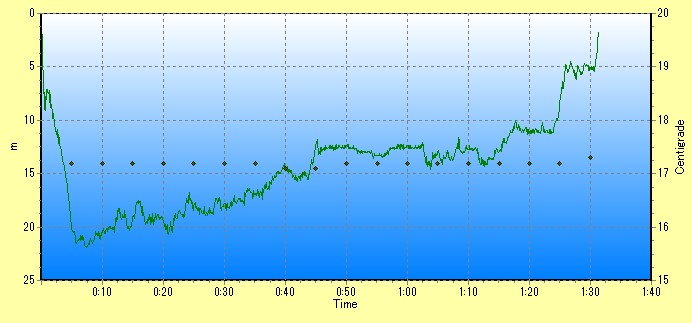
Tides at Botany Bay AEST
Note that tides at dive site may vary from above location.
High
1:10am
1.33m
Low
7:12am
0.50m
High
1:42pm
1.59m
Low
8:24pm
0.51m
Camera gear
Camera
Nikon D7000
Lens
Nikon AF Micro-Nikkor 60mm f/2.8D
Housing
Ikelite 6801.70
Lens port
Ikelite Flat Port 5502.41
Strobe
2 x Ikelite SubStrobe DS161
Photographs
Depth information, where present, indicates the depth of the camera when the photograph was taken and can be used to approximate the depth of the subject.
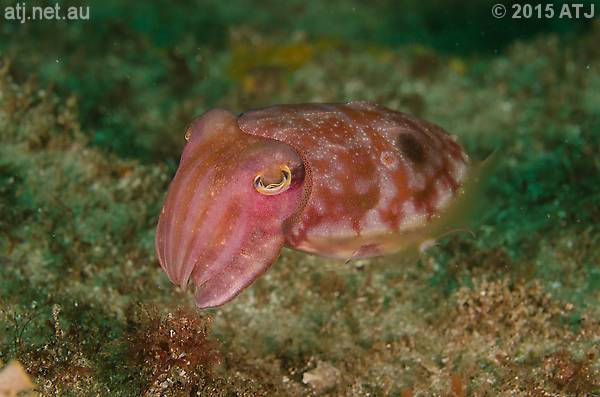
Reaper cuttlfish, Sepia mestus. 18.9 m.
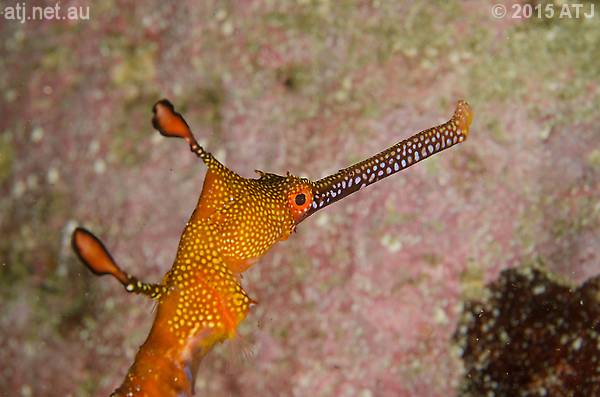
Weedy seadragon, Phyllopteryx taeniolatus, (PT2015052401). 18.3 m.
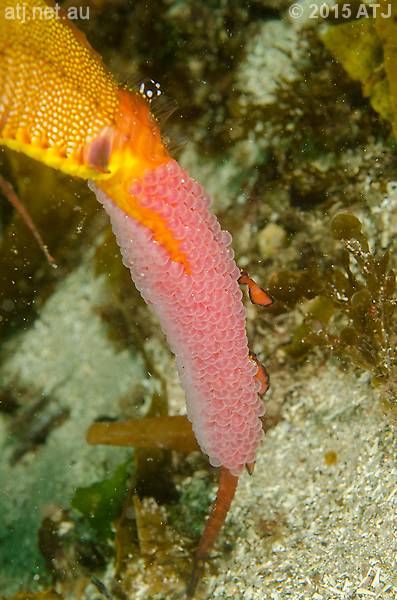
Eggs on the tail of a male weedy seadragon, Phyllopteryx taeniolatus, (PT2014051701). 18.6 m.
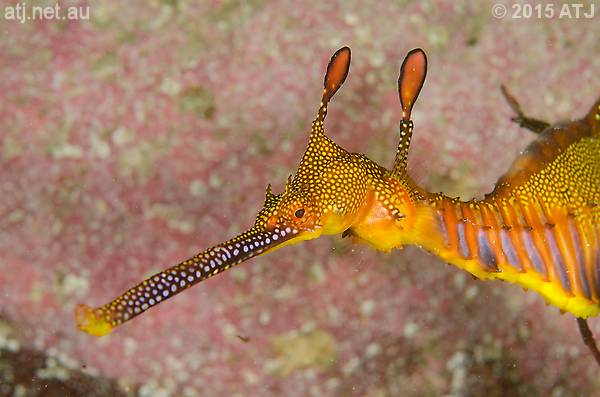
Weedy seadragon, Phyllopteryx taeniolatus, (PT2014051701). 18.4 m.

Eggs on the tail of a male weedy seadragon, Phyllopteryx taeniolatus, (PT2014051701). 17.7 m.
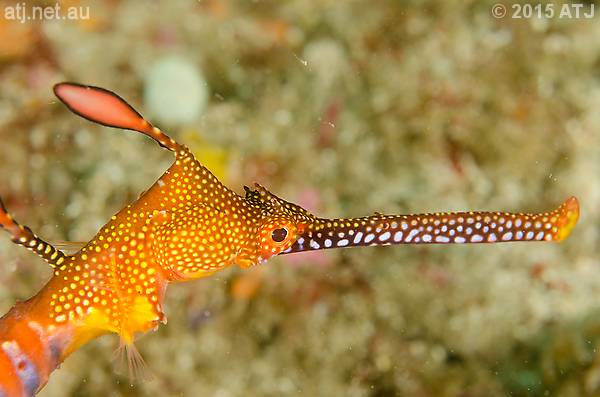
Weedy seadragon, Phyllopteryx taeniolatus, (PT2015011102). 18.2 m.
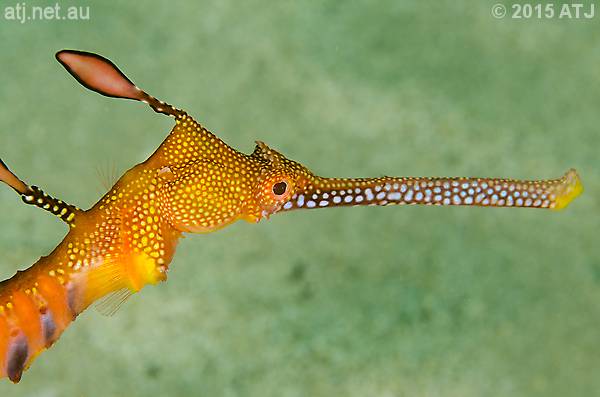
Weedy seadragon, Phyllopteryx taeniolatus, (PT2014030803). 17.5 m.

Feeding weedy seadragon, Phyllopteryx taeniolatus, (PT2013122201). 17 m.

Weedy seadragon, Phyllopteryx taeniolatus, (PT2013122201). 17.1 m.

Juvenile weedy seadragon, Phyllopteryx taeniolatus, (PT2015081601). 16.7 m.
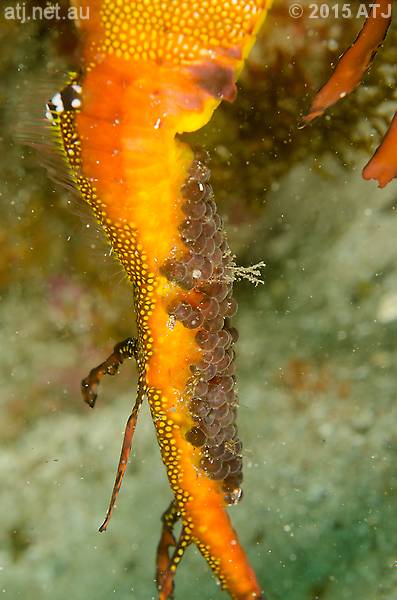
Eggs on the tail of a male weedy seadragon, Phyllopteryx taeniolatus, (PT2014091301). 15.5 m.
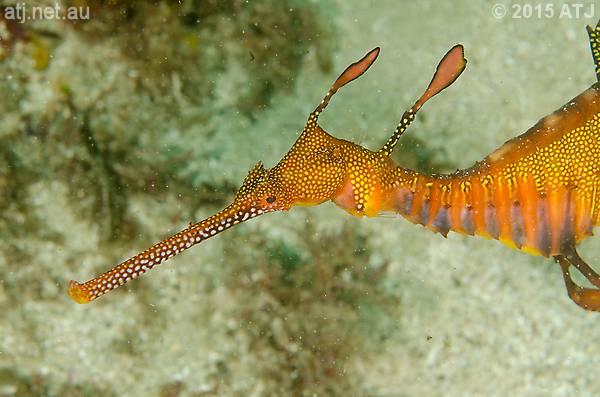
Weedy seadragon, Phyllopteryx taeniolatus, (PT2014091301). 15.3 m.
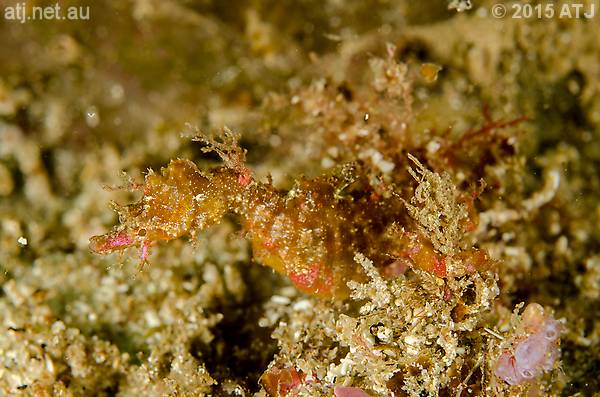
Male Sydney pygmy pipehorse, Idiotropiscis lumnitzeri, (IL2015070501). 12.5 m.
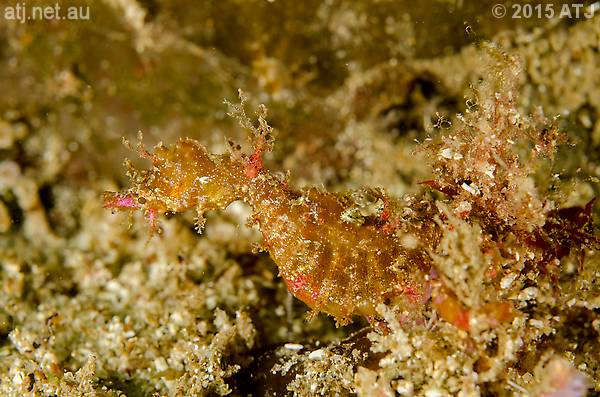
Male Sydney pygmy pipehorse, Idiotropiscis lumnitzeri, (IL2015070501). 12.5 m.
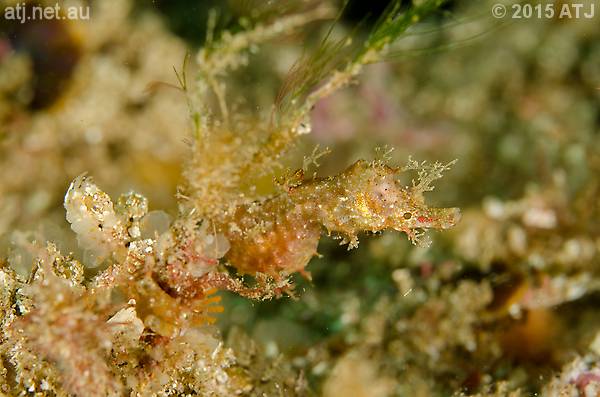
Female Sydney pygmy pipehorse, Idiotropiscis lumnitzeri, (IL2015072601). 12.6 m.
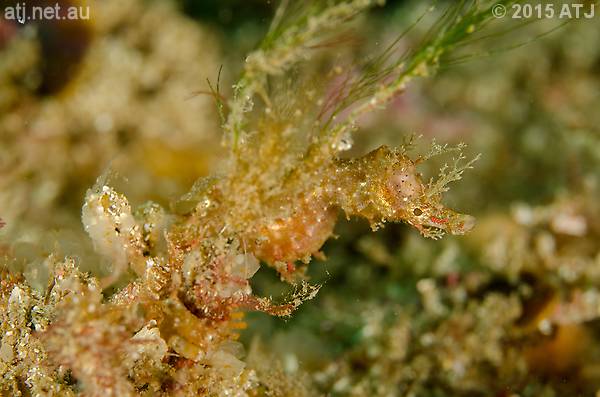
Female Sydney pygmy pipehorse, Idiotropiscis lumnitzeri, (IL2015072601). 12.6 m.
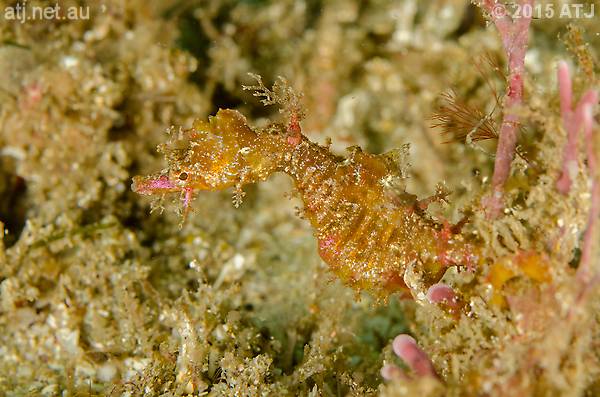
Male Sydney pygmy pipehorse, Idiotropiscis lumnitzeri, (IL2015070501). 12.5 m.
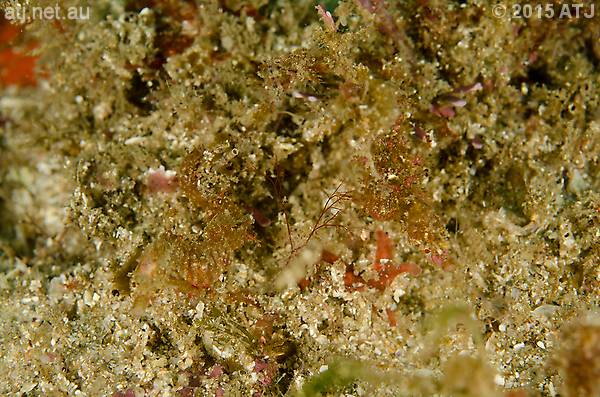
Male and female Sydney pygmy pipehorses, Idiotropiscis lumnitzeri, (IL2015070501, IL20152601). 12.5 m.

Basket star, Astrosierra amblyconus. 13.8 m.
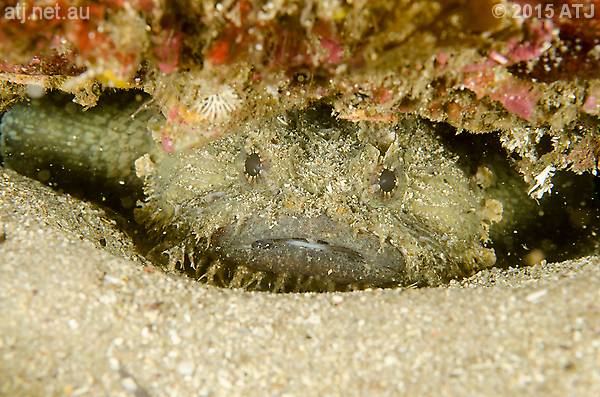
Eastern frogfish, Batrachomoeus dubius. 13.4 m.
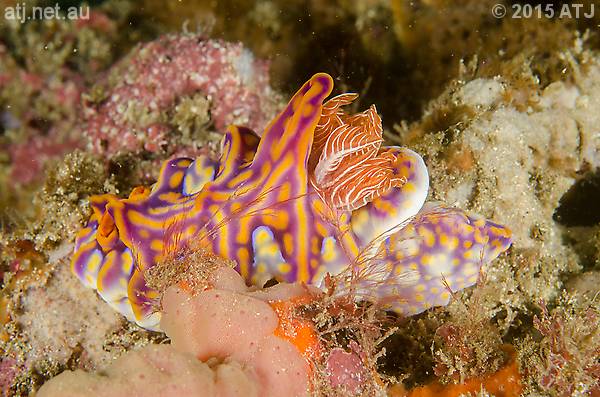
Nudibranch, Miamira magnifica. 13.1 m.

Male pot-ebllied seahorse, Hippocampus abdominalis, ("Arnold"). 13 m.
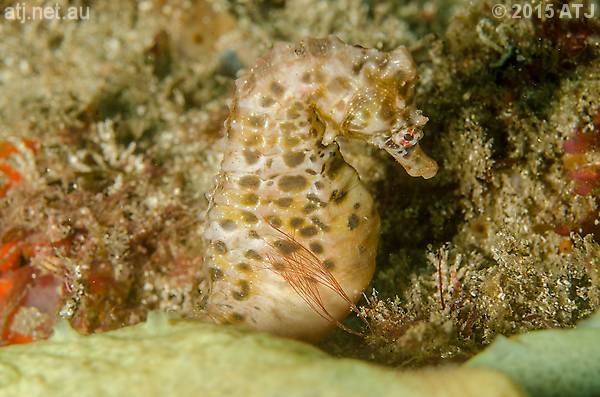
Male pot-ebllied seahorse, Hippocampus abdominalis, ("Arnold"). 12.7 m.
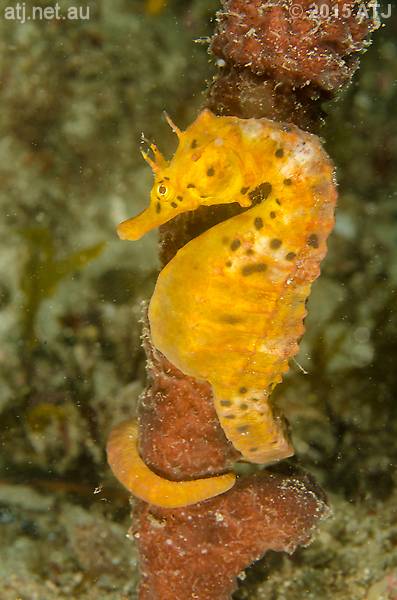
Female pot-ebllied seahorse, Hippocampus abdominalis, ("Rosie"). 14 m.
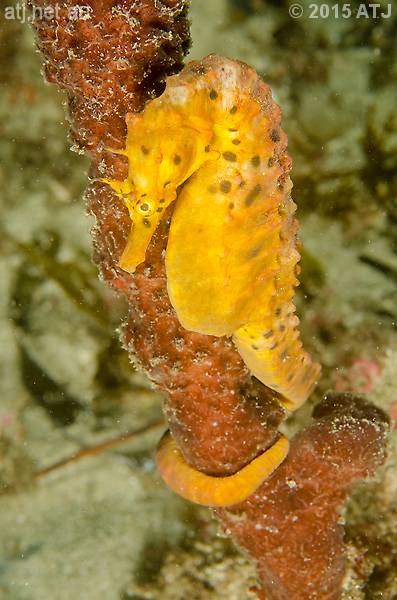
Female pot-ebllied seahorse, Hippocampus abdominalis, ("Rosie"). 14 m.

Male pot-ebllied seahorse, Hippocampus abdominalis, ("Noel"). 13.7 m.
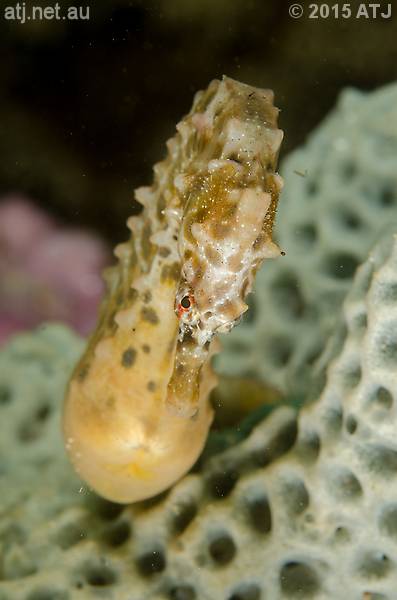
Male pot-ebllied seahorse, Hippocampus abdominalis, ("Arnold"). 12.7 m.
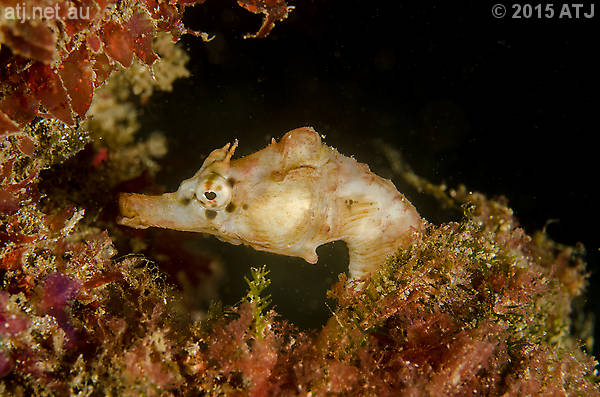
Juvenile female pot-ebllied seahorse, Hippocampus abdominalis, ("Di"). 11 m.
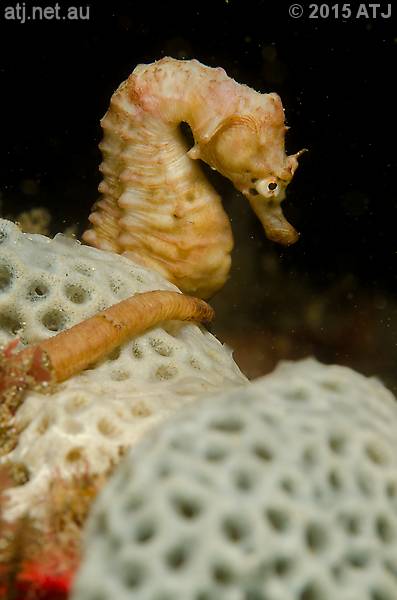
Juvenile female pot-ebllied seahorse, Hippocampus abdominalis, ("Di"). 11.1 m.